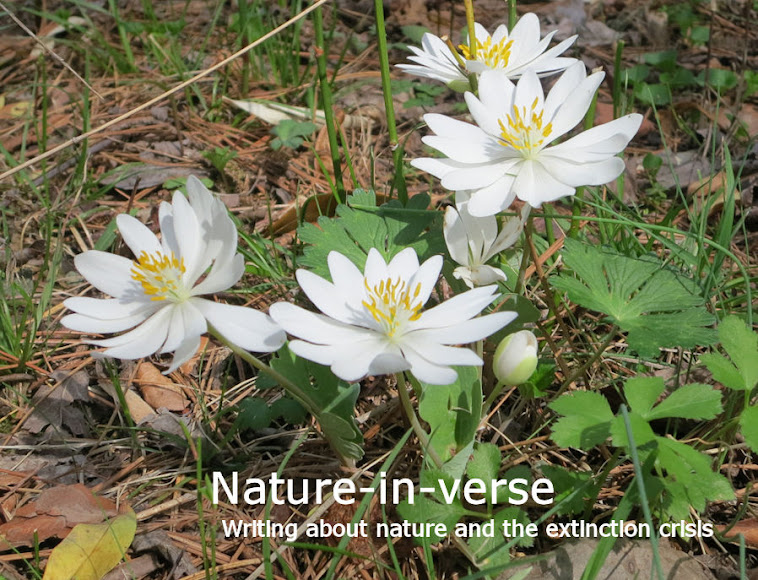Turkey. Often, if you just say the word, it will illicit a snicker or a guffaw. It's a derogatory term in our language, used as a put-down, uttered with disdain. He's a turkey. What a turkey. Or simply, Turkey.
To discuss this magnificent bird and to move past the prejudice, I am not going to use the common name Turkey, but instead use the genus and species name, Meleagris gallopavo. And perhaps we will see this bird in a different light rather than a species we've been taught to marginalize.
Meleagris gallopavo is one of two species native to the Americas. The other living species, Melagris occelata is native to the forest of the Yucatan Peninsula.
Meleagis gallopavo still roams the forests of North America and you may catch a glimpse of one or more from time to time at the edge of the treeline. They are a success story in conservation as they nearly met with extinction in the 40s from over exploitation. But careful re-population measures have led to a healthy population.
In the Southeast, though, they are under threat again with scientists seeing puzzling population declines. Studies are underway but it is suspected predators and loss of habitat could be the cause.
 |
| Male Wild Meleagris gallopavo |
Just look at the photo! How darn beautiful is that? And noble.
What a magnificent native American bird.
Here's some things to consider about this fascinating and intelligent bird:
- The distinctive gobble of the male can be heard a mile away
- Males display beautiful tail feathers and puff themselves out during courtship as seen in the image
- The male head is colored a bright red, blue and white. An all-American bird!
- Only males have the fleshy protuberance, the snood, that extends over the beak and down the neck
- The snood changes colors according to mood
- The feathers, 5000-6000 in number, have beautiful bronze-green iridescence (females a little duller) and if you've not seen them in person you are missing something
- They are curious and intelligent and, some people say, affectionate
| Female Wild Meleagris gallopavo |
This wonderful bird, 23-million years of evolution behind it, had the misfortune of becoming the domesticated Meleagris gallopavo that graces the Thanksgiving table every year. They are raised in stressful conditions and about 45 million are slaughtered for the feast.
Forty-five million.
They suffer terribly having their beaks partially clipped off and, because of crowding conditions, will peck at each others heads. If a wound ensues, the wounded bird is pecked to death.
 |
| Factory farmed Meleagris gallopavo |
Domesticated Meleagris gallopavo did not live a normal life in the wild as it is meant to be. Domesticated Meleagris gallopavo lived a short, unnatural and tortured life.
Just think about it. That is all I ask this Thanksgiving.
And, if after reading this you think of me, "What a turkey!" I will be honored, my friend.
My life as a Turkey is a wonderful documentary about Meleagris gallopavo.

